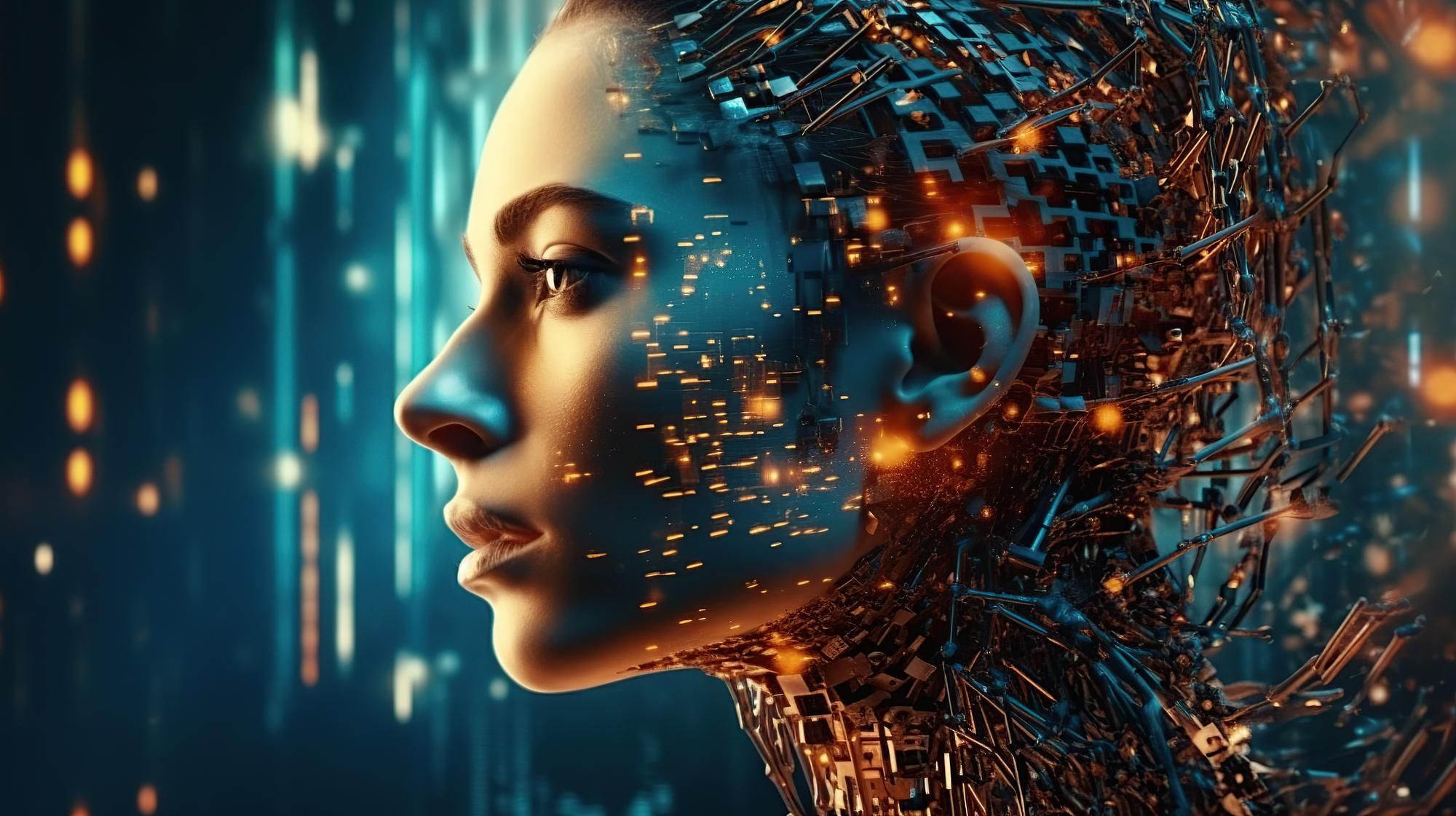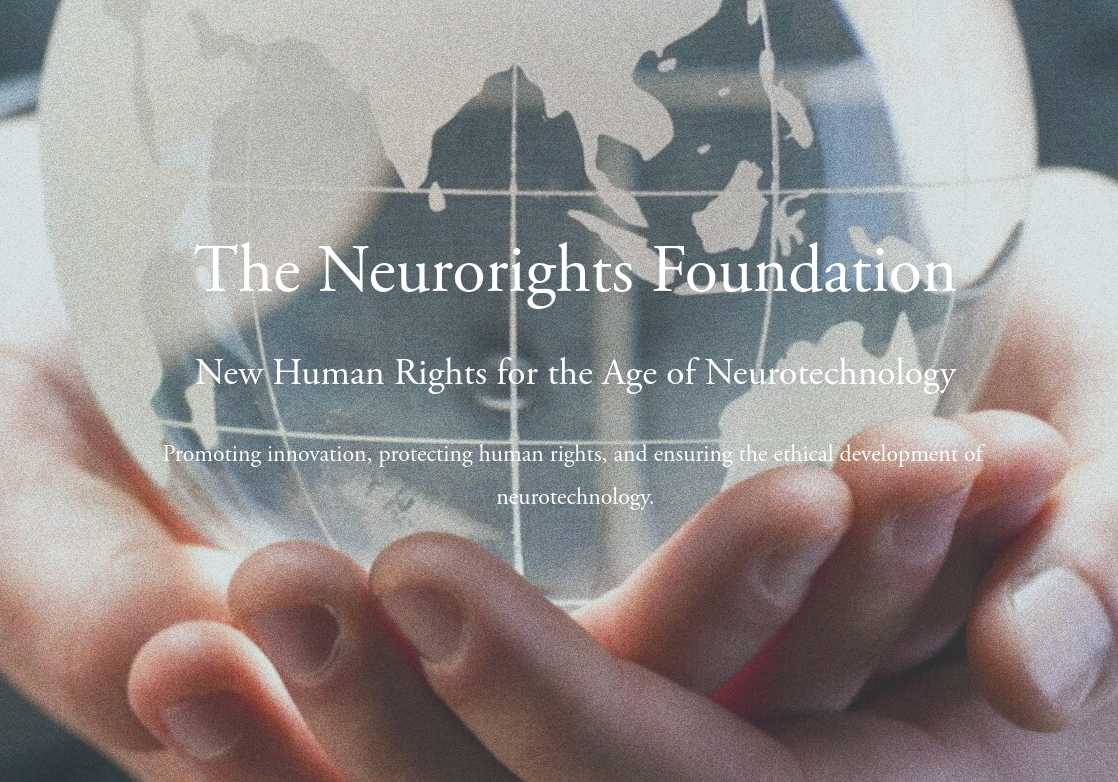Blade Runner's Replicants: AIs, Identity, Memory and Neurorights
There are risks connected to the use of robotics and AI technologies. Can an artificial intelligence create a Memory of itself? Remembrances? Lives?

Blade Runner is set in the year 2019, in Los Angeles. A conflict of devastating proportions has destroyed the social and natural balance of the planet. Indeed, permanent radioactive phenomena affect the Earth. Remember, Blade Runner, the 1982 film directed by Ridley Scott, is based on Philip Dick's 1968 novel "Do Androids Dream of Electric Sheep?". Atomic death is still a terrifying monster in those years. Only a few years earlier, in 1963, Dick himself had published "Dr. Bloodmoney, or How We Got Along After the Bomb," an attempt to chronicle the world after the launch of the device that wiped out cities and living things. Here, Dick reduces all of humanity to a small community in California. The survivors live on hope, which travels on radio waves from outer space. Their prophet is Walt Dangerfield, the astronaut stranded in orbit before the nuclear catastrophe, who broadcasts from the sky to Earth.

Nexus 6
The post-apocalyptic world of Blade Runner, by contrast, is divided into normal and "special" humans (that is, those with mental deficiencies due to the effects of radioactive dust) and, lastly, synthetic replicants. These androids are the result of a technological evolution. The different generations produced have become more and more sophisticated, until the last one: Nexus 6. Nexus 6 androids group are living, breathing, organic beings with databases programmed with human knowledge. Capable of independent thought and action, they are indistinguishable from humans unless their nature is verified by sophisticated psychocognitive tests.
AIs And Conscious Life in Death
Replicants have no freedom, they are basically slaves whose usefulness is tied to the colonies humans have on Mars. They usually "live" for four years, at which point they are disabled. To deactivate is to die, and this is perhaps the meaning of the final monologue of the fugitive synthetic replicant Roy Batty (played by Rutger Hauer): a 50-second, 42-word mini-monologue, delivered on screen in 1982, that would forever mark the meaning of life, consciousness, and death as they relate to artificial intelligence.
I've seen things you people wouldn't believe. Attack ships on fire off the shoulder of Orion. I watched C-beams glitter in the dark near the Tannhäuser Gate. All those moments will be lost in time, like… tears in rain. Time to die.


Identity And Memory
The other protagonist of the story, Rick Deckard (played by Harrison Ford), is part of a police unit assigned to "catch" (i.e., kill) rebellious synthetic replicants. But Deckard does not have an easy time of it, especially when he is sent to track down and "terminate" a group of androids who have escaped from Mars. They are murders, Deckard has been told, but they killed the humans who treated them as slaves. They do not want to be deactivated even though they are close to their "expiration date", they want to be recognized in a destiny, they want to have "identity" and "memory". So, they try to prevent themselves from getting deactivated, but find that no one can prevent it, not even their Creator. This is their destiny, terrible as it is. But perhaps this is what unites them with humans. Roy Batty's final surrender to his fate is also a realization that it is precisely in death that the replicants and the humans are on equal footing: The end is inevitable.
Tears In The Rain
Does the line between human and humanoid (artificial humanity) blur in life, but dissolve in death? Are these not the great questions of Blade Runner? Perhaps it is not the deactivation that weighs on the rebellious Roy Batty, but the Memory, the regret for all his memories that will be lost forever "like tears in the rain". AIs use archives; humans, too, are in a sense active repositories of memory. But the difference, the one Batty feels, is that human memories link "descent" and "meaning," they are not an inactive repository that lasts the time of an existence, they are the fuel for future lives. Deckard may not fully realize it at the time, but the leader of the Nexus 6 group of biorobotic androids is telling him: "The preservation of memory and its role as the defining element of human identity is the meaning of life. A life he tried to live.

Relevant Questions
It is not tests that prove or qualify humanity, nor is it the storage of information. The humanity of a human being is intrinsic and does not need to be proven, and is also present in the Memory that is transmitted. The human being is the transmitted data, in its entirety, with its presence, with its essence, with its identity. The Blade Runner scenario, in which a humanoid is created without knowing who or what it is, is still science fiction. But the questions it raises are relevant, even contemporary. Machine-based artificial intelligence is developing, as are neurotechnologies that replicate and interact with the brain.
What It Means To Exist
The questions raised by the characters in The Blade Runner go to the heart of what it means to be a conscious being, what it means to exist: Is thinking a form of consciousness? In this case, the replicants believe they are human and deserve all the rights and privileges that come with it. They have bones and flesh, memories and emotions. Among these emotions is one that is powerful and human beyond love itself: Compassion, love for the other. The Nexus 6 group demands recognition of their right to live and seeks to document that right with evidence.
Information and Identity
In fact, the society in Blade Runner, like all modern societies, is based on information and records. It is a world that cannot exist without digital or analog documents. Roy Batty wants an identity. He searches for information, he searches for documents about his creation. After collecting the documentation, the data, the information, he declares to one of his creators, "We're not computers...we're physical." But is it true at all? There is no answer to that question, for in the midst of all technological advances, moral, ethical, and practical questions arise that transcend the solutions provided by technology. The world of Blade Runner does not answer these questions; it does not liberate the replicants, nor does it grant them an equal existence. But is it possible to find an answer?
In 2017 the journal Nature published an article on ethical priorities related to neurotechnologies and artificial intelligence. Therein guidelines were proposed for human : machine interactions and protection of both in the process. They build upon the work of the American Society of Aesthetics and the Asilomar Principles of 2017 which identified the risks involved in the unrestrained development of artificial intelligence and its use in the control of human activities. Clause 22 notes: “AI [artificial intelligence] systems designed to recursively self-improve or selfreplicate in a manner that could lead to rapidly increasing quality or quantity must be subject to strict safety and control measures.” (Here)

Neurotechnologies potential
Neurotechnologies have the potential to change an individual's sense of identity; people have begun to talk about "neurorights" that should be equated with other basic human rights.
Neurorights can be defined as the ethical, legal, social, or natural principles of freedom or entitlement related to a person’s cerebral and mental domain; that is, the fundamental normative rules for the protection and preservation of the human brain and mind. (Here)
There are risks connected to the use of robotics and AI technologies. Can an artificial intelligence create a Memory of itself? Remembrances? Lives? The creation of false memories as reality, the inevitable forgetting of their source, the assumption of their infallibility to make sense of existence - this is the central thematic node of Blade Runner. We lose far more information than we keep. How difficult would it be to rewrite history? Who monitors it? And why?
With the exponential development of artificial intelligence, are we losing identity and memory?
Insights
Blade Runner (Film)
- Director: Ridley Scott. Warner Brothers, 1982. Duration: 112 mins. Director's Cut edition, Warner Home Video, 1997
Fritz Lang's Metropolis: Cinematic Visions of Technology and Fear (Book)
- Authors: Michael Minden and Holger Bachmann. Published by Camden House, New York, 2000
Literary Works (Books)
- H.G. Wells, The Time Machine, William Heinemann, London, 1895
- George Orwell, 1984, Secker & Warburg, London, 1949
- Philip K. Dick, Do Androids Dream of Electric Sheep?, Doubleday, New York, 1968
Mitigating potential hazards to humans from the development of intelligent machines (Journal Article)
- Author: William Daley. Published in Synesis – A Journal of Science, technology and Ethics Policy, 2011, pp. 44-50
Related Films (Films)
- Fritz Lang, Metropolis, UFA, 1927
- Luke Scott (a), Blade Runner - 2036: Nexus Dawn, Warner Brothers Pictures, 2017. Duration: 6.31 minutes
- Luke Scott (b), Blade Runner - 2048: Nowhere to Run, Warner Brothers Pictures, 2017. Duration: 5.48 minutes
- Denis Villeneuve (a), Blade Runner 2049, 2017. Duration: 164 minutes
- Shinichiro Watanabe, Blade Runner: Black Out 2022 (Anime), Alcon Entertainment, 2017. Duration: 15.45 minutes
Future Noir: The Making of Blade Runner (Book)
- Author: Paul Sammon. Published by Orion, London, 1996
Academic Analysis of Blade Runner (Book Chapters)
- Judith Barad, ‘Blade Runner and Sartre’, in Conrad, Mark T. (ed.), The Philosophy of Neo-Noir, University Press of Kentucky, 2007, pp. 21-34
- Daniel Shaw, ‘Being-Towards-Death in Blade Runner: Angst, Authenticity and Care’, in Movies with Meaning: Existentialism through Film, Bloomsbury, 2017, pp. 85-99
Mental Health, Implantables, and Side Effects (Journal Article)
- Author: Katina Michael. Published in IEEE Technology and Society Magazine, 34(2), 2015, pp. 5-7, 17
Four ethical priorities for neurotechnologies and AI (Comment)
- Authors: Rafael Yuste and Sara Goering. Published in Nature, 551, 8 November 2017, pp. 159-163
Asilomar AI Principles (Document)
- Published by the American Society of Aesthetics. Future of Life Institute, 2017. Available at http://futureoflife.org
